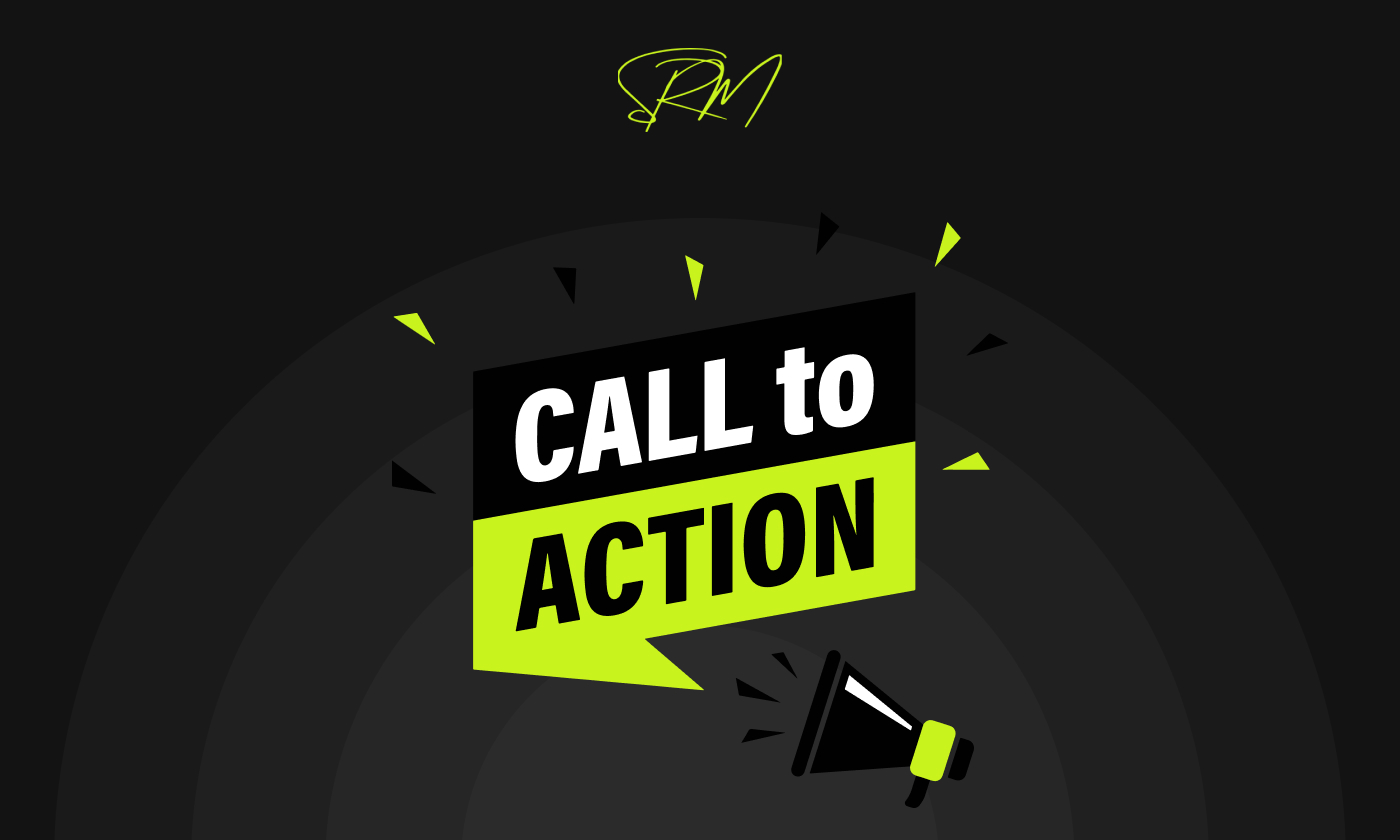
In the world of digital marketing, understanding the importance of CTAs (Calls to Action) is key for boosting user engagement and conversions. A good CTA is a clear prompt that encourages users to take specific actions, like signing up for a newsletter, making a purchase, or downloading something. These prompts guide user behavior and can make a big difference in marketing success. By placing CTAs strategically in your content, you can create clear paths for users, leading to more interactions and higher sales. Effective CTAs are designed to be clear, concise, and persuasive, making sure they catch attention and drive the desired action.
What is a Call to Action (CTA)?
A call to action is a key part of digital marketing that encourages people to do something specific, like sign up, buy, or download. This helps boost engagement and conversions. There are different types of these prompts, such as buttons to click, text links in content, and forms to fill out. Good examples include “Get Started Today,” which invites people to start using a service, “Subscribe Now” for newsletters, and “Download Your Free eBook” for getting valuable resources in return for contact info. These prompts are designed to be clear, short, and convincing, making it easy for people to take action.
- Types of Prompts:
- Buttons
- Text links
- Forms
- Effective Examples:
- “Get Started Today”
- “Subscribe Now”
- “Download Your Free eBook”
- Purpose:
- Increase engagement
- Drive conversions
- Guide user behavior
Why Are CTAs Important?
CTAs (Calls to Action) are important in marketing and sales because they guide people to take specific actions, like buying something or signing up for a newsletter. By placing a CTA in the right spots, you can boost engagement and lead users through the sales process smoothly. This helps increase conversions and makes sure visitors know what steps to take next. Effective CTAs create a clear and easy path for users to follow, from their initial interest to completing an action, making your marketing efforts more successful.
How a CTA Works
A call to action works by encouraging people to take specific steps, like buying something or signing up for a newsletter. The idea behind these prompts is to create a sense of urgency and give clear directions. Good prompts use strong, clear language, look attractive, and show the benefits clearly. They guide what people do by making it easy to know what to do next, which helps get more engagement and conversions.
- Elements of a Good Prompt:
- Strong, clear language
- Attractive design
- Clear benefits
- How They Guide Actions:
- Give clear directions
- Create urgency
Types of CTAs and When to Use Them
Knowing the different types of calls to action (CTAs) and when to use them can really help with marketing. Lead generation prompts gather user information through forms for things like newsletters or free trials. Direct sales prompts get people to buy something right away with messages like “Buy Now” or “Shop Today.” Social media prompts boost engagement on platforms by asking users to “Follow Us” or “Share This Post.” Content download prompts offer valuable resources in exchange for user info, like “Download Your Free eBook.” Event registration prompts get people to sign up for events with messages like “Register Now” or “Save Your Spot.”
Types of Prompts:
- Lead Generation: Gather user information.
- Direct Sales: Encourage immediate purchases.
- Social Media: Boost platform engagement.
- Content Download: Offer resources for information.
- Event Registration: Sign up for events.
When to Use Them:
- Lead Generation: When building a contact list.
- Direct Sales: During sales campaigns.
- Social Media: To grow online presence.
- Content Download: For sharing educational material.
- Event Registration: To promote upcoming events.
Best Practices for Crafting Effective CTAs
Creating effective calls to action (CTAs) involves a few simple steps. First, write action-oriented text that clearly tells users what to do, like “Download,” “Sign Up,” or “Get Started.” This makes your intentions clear and prompts quick action. Second, use clear and persuasive language to show the benefits of taking the action, such as “Join now to receive exclusive updates.” The language should be direct and easy to understand. Lastly, pick the right design and placement for your CTAs. They should stand out on the page with contrasting colors and be placed where users naturally look, like at the end of a blog post or in a visible spot on your website. Following these steps will help you create CTAs that effectively engage users and boost conversions.
Mistakes to Avoid with CTAs
Avoiding mistakes with calls to action is really important for their success. One common mistake is putting too many prompts on a single page, which can confuse users and make each prompt less effective. Another mistake is not making sure prompts work well on mobile devices, as many people use their phones to browse. Also, using vague or unclear prompts can reduce their effectiveness. Clear, simple, and well-placed prompts can help improve user engagement and get more conversions.
Common Mistakes:
- Too many prompts on one page.
- Not optimizing for mobile.
- Using vague or unclear prompts.
Final Thoughts
To sum up, making a good call to action (CTA) involves using clear, action-oriented language, attractive design, and smart placement. These elements help guide people to take actions like making a purchase, subscribing, or downloading content. By ensuring your CTAs are well-crafted and thoughtfully placed, you can significantly boost user engagement and conversions. Now, it’s time to put this into practice and start creating impactful CTAs that drive results. Consult with a development and SEO expert to ensure your CTAs are optimized for maximum impact. Don’t wait—take action today and see the benefits!





